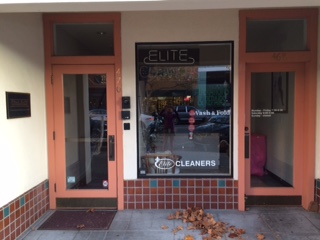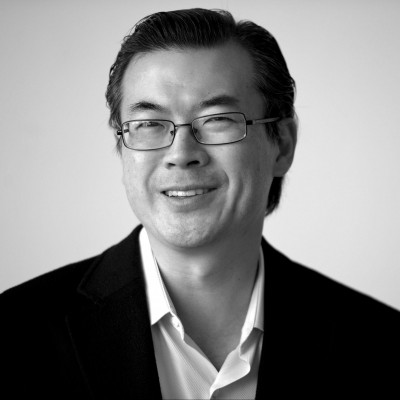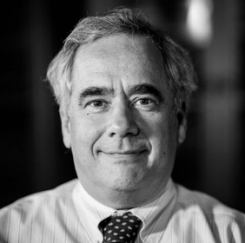Tucked behind an unassuming door on University Avenue is the center of an effort that could significantly impact the life healthspan of human beings in the years to come. If that sounds hard to believe, then you haven’t met Dr. Joon Yun, the persuasive founder of the Palo Alto Longevity Prize, who aims to enlist the brightest scientific minds in the world to address the fundamental question of how to prevent aging.
Joon, a board certified radiologist who served on the clinical faculty of Stanford Hospital and has an M.D. from Duke University and an B.A. Harvard University, is president of Palo Alto Investors LLC, an investment management firm with over $1 billion invested in healthcare.
But beyond his credentials, Joon is a classic visionary who believes that the inexorable march towards old age, with all of its accompanying aches, pains and fatigue, is preventable. “My father was a leader in health care research for the World Bank and taught us the importance of community,” Joon explains. “We are calling this effort the Palo Alto Prize because Palo Alto has become an epicenter of global technology revolutions.”
The key to longevity, he says, is for human beings to maintain the homeostatic capacity of a young adult even as they age. Homeostatic capacity is the ability to maintain homeostasis, which is defined as “the tendency of a system, especially the physiological system of higher animals, to maintain internal stability.” While homeostatic capacity is robust in our youth, we start to lose it as we get older, with particular decline in midlife. Anyone 40 or over who has tried to recover from an injury (or even a hangover) will relate to the how difficult it is to regain ‘internal stability’ in middle age compared to younger years. And the challenge of maintaining homeostasis increases as the years pile on.
To explore this idea, Joon conceived of an incentive prize like the X Prize, which would set an audacious goal and encourage the world’s smartest researchers to compete for a reward. He put up $1 million of his own money and enlisted Keith Powers, the former head of strategy for the X Prize Foundation, to help shape the incentives for drawing the teams of researchers to the Palo Alto Prize.
While $1 million might seem small in an area where start up companies are routinely valued upwards of $100 million, Powers explains in a video on the Palo Alto Prize website that the motivation of the scientific community is very different from Silicon Valley. “[Scientists] want to move discovery forward…for them, the money is not the goal but instead it provides a path to get there.”
And as evidence that the award amount is sufficient, when Joon started contacting leading scientists about the Palo Alto Prize in June of 2014, they leaped at the opportunity to get involved. There are now 14 teams from across the United States and Europe (including one led by Dr. Dr. Jin Hyung Lee at Stanford University), which are each approaching the question of how to help bodies maintain homeostasis from different disciplines, including bioengineering, genetics, neurology and more. View videos about the teams here.
Dr. David Mendelowitz, a professor of Pharmacology and Physiology who is leading a Palo Alto Prize team at George Washington University explains the appeal of the prize, saying, “As scientists, we like a challenge and the Palo Alto Prize is a catalyst for new work and new hypotheses of learning.”
In many ways, the Palo Alto Prize is in its infancy and the real news will unfold in September 2018 when the prize ends and Joon and his team of advisors, experts in medicine, biotech and venture capital evaluate the ideas that emerge. Joon has committed to provide additional prize incentives to continue the work past 2018 if there are promising avenues of research in longevity to pursue. He also lauds the efforts of Calico, the company started by Google to explore longevity, as it only helps the pursuit of knowledge to have many minds engaged.
What about the potential environmental issues on a planet where people routinely live 100 years or more? Joon is less worried. “Population studies show that when longevity goes up, so do education levels and income,” he says. “Plus if people begin living longer, they will care more about what the world will look like in the future – impact concerns will shift from being their children’s problem to being their problem.”
As to the fundamental question of whether it is in fact possible to prevent aging and restore homeostatic capacity, Joon compares the effort to President Kennedy’s goal of reaching the moon just 64 years after the Wright Brothers manned the first aircraft. “We have mapped the human genome but we are still in the early stage of understanding what this step could mean for medical research,” Joon says. “With all the breakthroughs we’ve had in science, there is no question that we can
solve the longevity issue. We see the Palo Alto Prize as just a way to speed up the process. It will happen- it’s just a race against time.”








